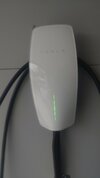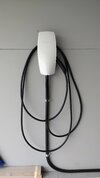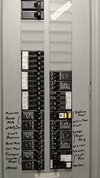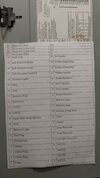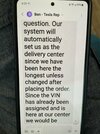arichard2401
Member
I'm running 32 amps on my wall charger with a 40 amp breaker because my electrician installed 8 gauge wire instead of 6 (at the time I didn't know what kind of EV I was getting, and I didn't know any better). It's more than enough though I find. I get over 30 miles per hour charging, more than enough to recharge overnight from even fairly low states. And honestly the slightly quicker home charging is not enough to justify the extra cost of 6/2 wire.60 Amps is required for wall connector to pass the max of 48 Amps to the car. But if it works out cheaper for you and you can live with a slightly longer charge time you can drop the circuit to 50 or 40 Amps which may be easier and cheaper to wire up. There are settings on the charger to limit the current draw so it can never exceed what your wiring can handle. And in practical terms, unless you have a really long commute, if you charge late at night into the morning with lower settings the car will still be filled up when you leave in the morning.
For those getting quotes from electricians for installation, especially if your pannel has the space already and you're doing a short run to the charger, consider doing it yourself. That's not officially the correct answer from anybody, but it is really not that hard. If you're even moderately handy you could easily do it yourself. I wrote about this way earlier in this thread but I installed the 40 amp breaker and charger myself (the electron ran the 8/3 wire), and with a few youtube videos and the correct tools, it's extremely easy. The hardest part was finding a wire stripper that would strip the larger gauge wire, most seem to only go to 10 gauge.
Time for an upgrade. If you're paying for the wall charger installation, I'd pay to have a 200 amp pannel put in at the same time if you can.I believe it's 100 amp.
Edit to add that I'm sure there's way more than 100 amps coming into your home, you probably just only have a 100 amp panel.
Last edited:



